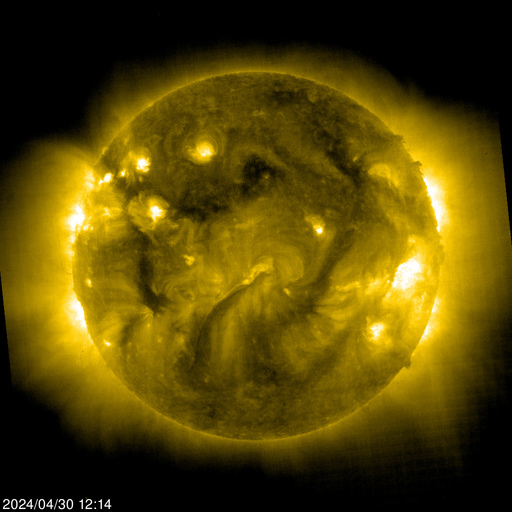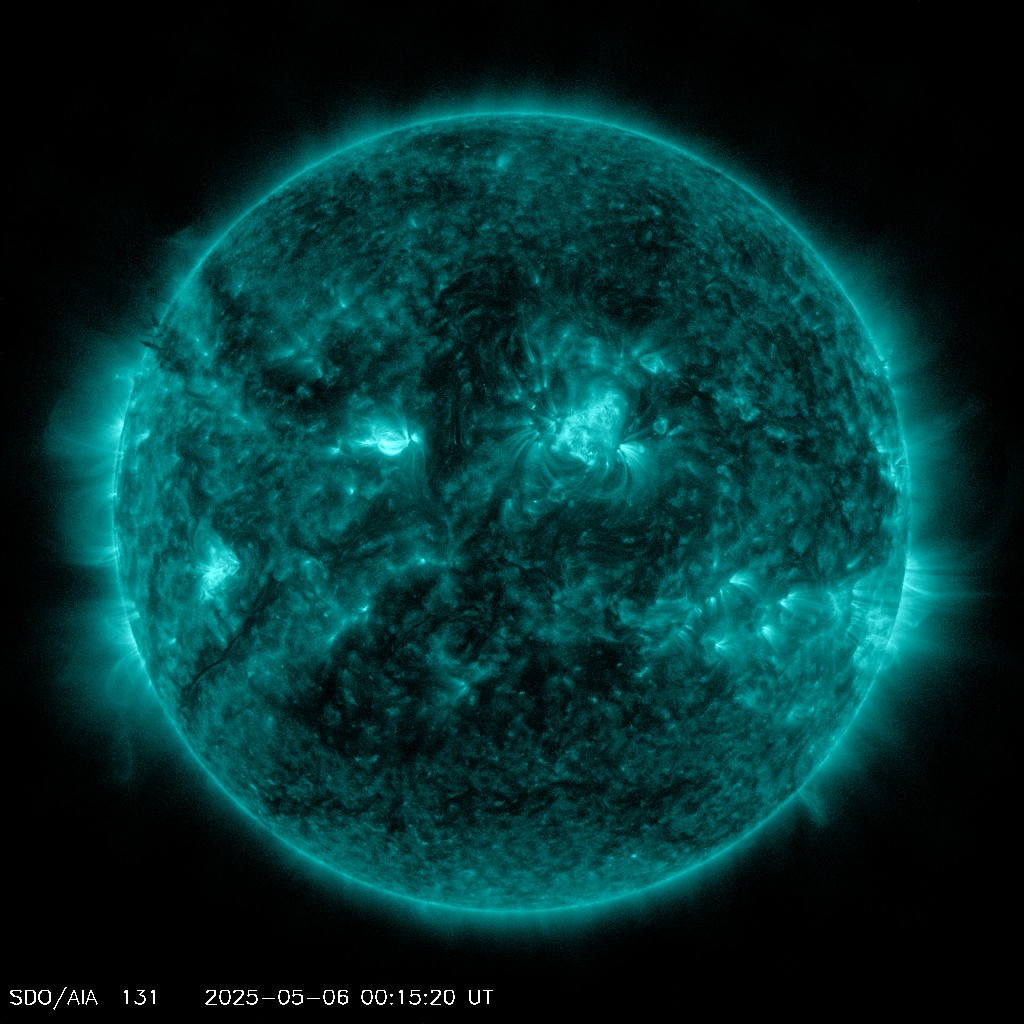 ISO 24444 / ISO 24443
ISO 24444 / ISO 24443 EU COLIPA and SANS 1557 Verified Broadspectrum Sunscreens

The sun is our greatest friend and most vital energy source. It supplies Earth with radiation that enables life as we know it. All our fossil fuels—including petrol and coal—were once plant matter that converted the sun's radiation into energy-rich material, powering the lifestyle we enjoy today. Understanding the sun helps us better appreciate both its benefits and the importance of protection from its more harmful effects.
The sun is a dynamic star that goes through regular cycles of activity. These cycles affect Earth in various ways, from beautiful auroras to potential disruptions in communications and power systems.
The sun follows an approximately 11-year cycle of activity, characterized by:
Scientists track these phenomena to better understand the sun and to predict potential impacts on Earth. The current solar cycle (Solar Cycle 25) began in December 2019 and is expected to peak around 2025.
This image from NASA's Solar Dynamics Observatory (SDO) shows the current state of the sun in real-time, highlighting active regions and potential solar flares:

Current view of the sun from NASA's Solar Dynamics Observatory

Real-time X-ray emissions indicating current solar flare activity
The sun emits ultraviolet (UV) radiation that can be both beneficial and harmful to human health:
SPF measures how well a sunscreen protects against UVB rays:
For complete protection, it's essential to use a broad-spectrum sunscreen that protects against both UVA and UVB rays, apply it generously, and reapply every two hours or after swimming or sweating.
The sun is the primary driver of Earth's climate system:
While the sun's output does naturally vary, these variations are too small to account for the rapid warming observed in recent decades, which is primarily attributed to human activities increasing greenhouse gas concentrations.
Want to see more detailed and up-to-date information about the sun? Visit these resources for real-time solar monitoring: